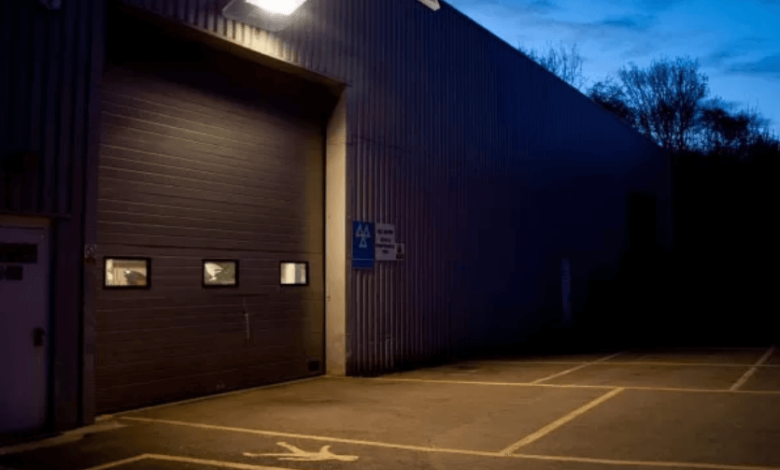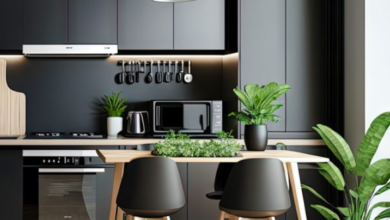What is the installation height of solar flood light panels?

Determining the optimal mounting height for solar flood light panels is a fundamental step in any off-grid lighting project. The height of a panel directly affects its sunlight exposure, power generation efficiency, and, ultimately, the reliability of an LED solar flood light fixture throughout the night. Often, installers must balance the need to avoid shading from surrounding objects with the need to minimize wiring and simplify maintenance access. In this introductory section, we will outline the importance of panel height, its interplay with geographic latitude and local solar irradiance, and the general guidelines that professionals follow to ensure continuous energy harvesting. With a clear understanding of these factors, you can confidently plan the installation of your solar floodlight system and maximize the uptime of your lighting solution.
Solar Flood Light Panel Height and Sunlight Exposure
Obtaining optimal sunlight exposure is the primary reason to select the mounting height of solar floodlight panels carefully. Because the sun’s altitude angle changes with the seasons, solar panels must avoid potential shading objects year-round. For example, if the shadow height of nearby trees is 10 feet in the winter, mounting the solar panels at a height of 12 to 15 feet ensures uninterrupted direct sunlight throughout the year. Geographic latitude also plays a role: in northern regions, installers tilt panels at a slightly steeper angle and mount them at a higher height to capture lower winter sunlight, whereas in equatorial areas, they mount them at a gentler angle and a more moderate height.
When designing a solar flood light, we use sun path maps or smartphone-based sun tracking apps to simulate year-round shading patterns. By combining height selection with tilt angle, the annual energy output of the solar panels can be optimized.
Recommended Mounting Heights for Solar Flood light Panels
Practical guidelines for mounting heights for solar flood light panels vary by application and location, but industry standards provide a helpful starting point. For residential yards and small parking lots, panels are typically mounted 10 to 15 feet above the ground. In commercial or industrial locations, raising panels to 15 to 20 feet helps to avoid shading from vehicles, equipment, and fences. For critical safety lighting, installers typically mount panels on poles 20 to 30 feet high to ensure sunlight exposure and broad lighting coverage.
In coastal or mountainous areas, factors such as salt spray corrosion or snowdrifts may require higher mounting heights, additionally, for optimal charging in early morning and evening sunlight. By following these empirical benchmarks and adjusting for specific site conditions, installers can strike the right balance between performance, safety, and accessibility.
Solar Flood light Panel Height and LED Flood light Coverage
While the mounting height of the panel affects energy collection, the height of the LED solar flood light fixture itself determines lighting coverage, intensity, and uniformity. The head height is typically mounted on the same pole as the panel and should follow lighting design principles. For small areas, a height between 10 and 15 feet produces a bright, focused beam. For larger areas, a pole height of 20 to 30 feet evenly distributes light over a wide area.
It is crucial to coordinate the solar flood light panel height with the fixture height; the panel should not cast a shadow on the head, and vice versa. Additionally, the wiring entering the fixture should be appropriately sealed, and the routing must consider the vertical distance from the panel to the floodlight. By integrating the panel and fixture height into a unified design, you can ensure that the LED solar floodlight provides reliable brightness even on long, cloudy days.
Structural Considerations for Elevated Solar Flood light Panels
Mounting solar flood light panels at heights higher than 20 feet presents structural and safety challenges. The pole must be able to withstand the wind loads of the panel and light fixture; engineers typically specify galvanized steel poles with a baseplate foundation or direct-buried steel pipe brackets. For moderate heights, concrete anchor bases painted with weather-resistant paint are sufficient. Above this height, wind zone calculations based on local building codes specify the diameter of poles, wall thickness, and reinforcement requirements to prevent swaying or toppling. Installers should also consider using guy wires or cross arms for additional support.
Additionally, panel mounts must include tiltable brackets with locking devices to accommodate expected gusts, ensuring the solar floodlight system remains operational during storms. Safety measures such as fall-proof anchor points and removable panel harnesses can help with overhead maintenance.
Maintenance and Access Planning
Even well-designed solar flood light installations require regular maintenance, including cleaning the panels, inspecting the hardware, and checking the batteries to maintain optimal performance. When installers mount panels above 15 feet, they make maintenance more complex and require safe access solutions. Scissor lifts or aerial work platforms provide technicians with a stable platform, while telescoping ladders with integrated fall arrest points offer a cost-effective alternative for routine cleaning.
Additionally, installing quick-release hinges on the panel brackets enables workers to tilt the panels down to an accessible angle without needing to remove them completely. For pole-mounted systems, designers can install access hatches or swivel brackets close to the ground, allowing technicians to rotate the entire panel assembly down for maintenance. Planning these features during the design phase minimizes downtime and reduces the risks of working at height.
Optimize Mounting Height for Reliable Performance
Choosing the right mounting height for solar flood light panels is a multifaceted process that considers factors such as sunlight, fixture coverage, structural integrity, and ease of maintenance. By following the guidelines of mounting heights of 10 to 15 feet for small-scale applications, 15 to 20 feet for medium-sized sites, and 20 to 30 feet for large-area applications, installers can maximize solar energy utilization while ensuring the stable performance of the LED solar flood




